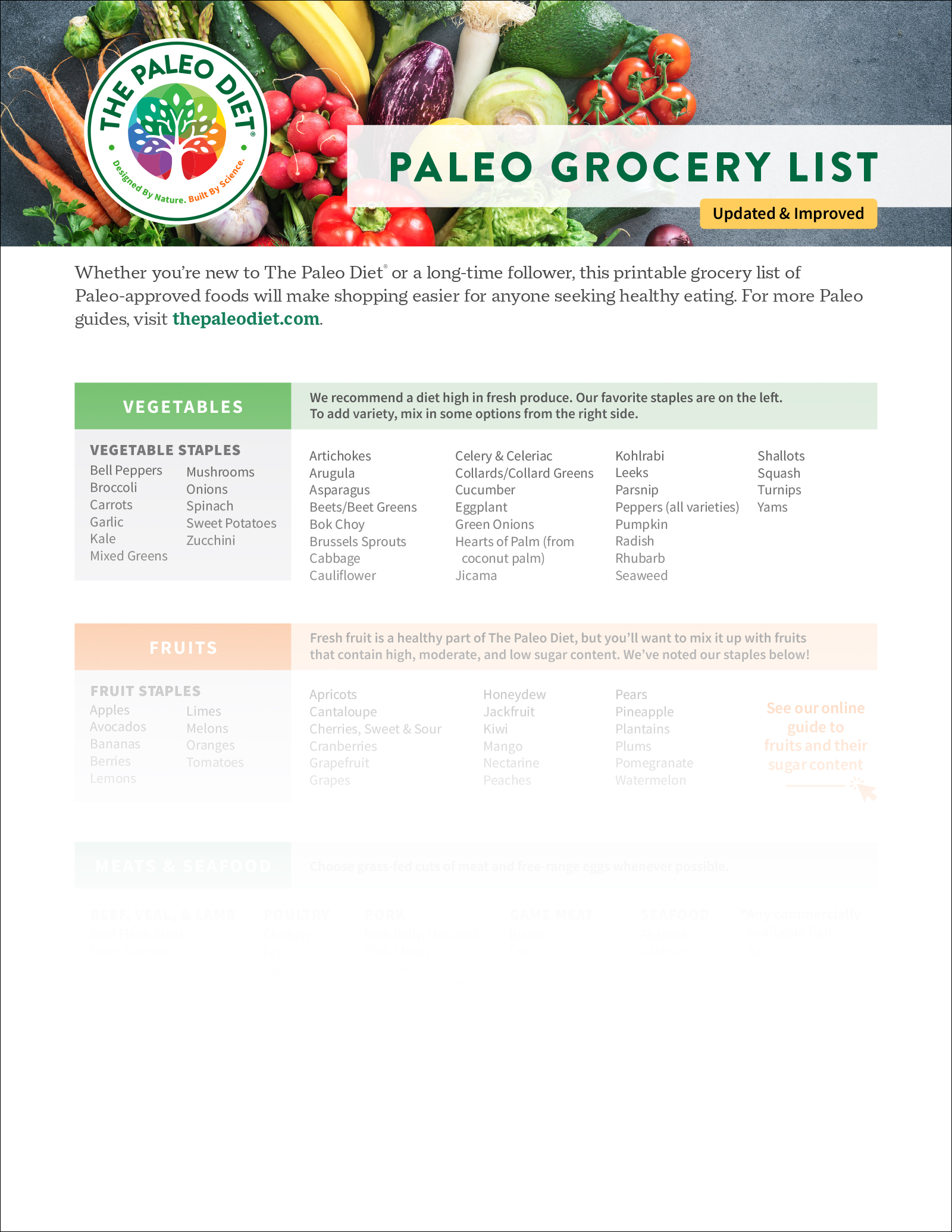Healthy School Lunches Feed More Than Kids’ Stomachs

In every school cafeteria lies an overlooked opportunity: to shape young minds not just with books, but with every bite. Nutrition fuels cognitive growth, memory, focus, and resilience. But for too long, healthy school lunches have been viewed only as calories.
I’ve seen how food changes children’s lives. As a volunteer teaching fifth graders in a low-income school to cook healthy meals, I watched their pride and curiosity grow. But when Colorado legislators considered cutting free breakfasts, the knowledge they gained was at risk.
Our students protested and earned a hearing at the Capitol, where they explained how a simple breakfast helped them focus and cope with daily stress. When asked what would happen if funding were cut, the words of one boy stopped the room cold: “I understand my place in this community as a poor Hispanic boy. I’m used to being ignored. But I won’t give up. This is too important.”
The students won their case. In the 18 years since, I’ve held fast to that memory and developed award-winning culinary nutrition programs for children in schools and community centers.
In 2023, food insecurity affected U.S. children in over 3 million households.1 Food insecurity is defined as households that are uncertain or unable to acquire enough food to meet the needs of its members. By advocating for universal healthy school lunches and supporting nutrition initiatives, you too can improve the lives of kids—no matter what household they come from.
The Economics of School Lunches
When you order a latte or matcha at a coffee shop for around $4.50, you’re paying the same price as a school lunch. And just like that hot drink, the price includes labor, food costs, supplies, equipment, and administrative costs.
The average federal payment for the 2025–2026 U.S. school year is approximately $4.60 per lunch and $2.46 per breakfast for contiguous states, with slightly higher rates for Alaska, Hawaii, and U.S. territories.2,3 State taxes, the U.S. Department of Agriculture, and non-profits like Share Our Strength provide additional resources for shortfalls. Even so, margins are slim. According to the School Nutrition Association, districts reported a gap of $0.30–$0.70 per meal for the 2024–2025 school year.4 Here is how the numbers flesh out.2
- For school year 2025–2026, a family of four earning $41,795 a year or less is eligible for free school meals, and one earning $59,478 or less is eligible for reduced-price meals.
- Families eligible for free or reduced-price meals must apply unless they are eligible for free meals from the Supplemental Nutrition Assistance Program (SNAP), Medicaid or another eligibility program.
- Eight states have enacted legislation to provide no-fee breakfast and lunch to every student statewide: California, Colorado, Maine, Massachusetts, Michigan, Minnesota, New Mexico, and Vermont. Research shows that even with a higher upfront investment, the cost per meal to schools can be equal or lower once reimbursements, participation rates, and administrative savings are accounted for.
The Realities of Nutrient-Dense School Lunches
A healthy school lunch made from real, minimally processed food isn’t a luxury—it’s a necessity. The science is clear: the food kids eat—or don’t eat—can shape the trajectory of their ability to learn and develop.
- A Syracuse University analysis of New York City middle schools that transitioned to Universal Free Meals (UFM) found that increased lunch participation led to higher test scores that were significant enough to move some students closer to national averages.5 Each additional lunch consumed biweekly correlated with similar academic improvements.
- A longitudinal Brookings Institute study in California schools compared years when districts switched to “healthy” lunch providers versus standard providers.6 It measured the effect of offering healthy school lunches on end-of-year academic test scores for public school students and found that test scores rose by four percentile points, and up to 40% among reduced-price/free lunch students.

One group changing the standards is the Chef Ann Foundation, founded by Ann Cooper, which has guided more than 50 school district meal programs toward systemic change by training school food specialists to restore the practice of scratch cooking.
After decades of serving packaged heat-and-serve foods, schools are no longer equipped to actually cook food. “We set up programming to train pre-apprentices, apprentices, and fellows,” says Cooper, “which promotes scratch cooking.”
This path building also includes collaboration with schools and school districts to support them in financing, sourcing, facilities, human resources, and marketing. “The staff feels really good because they’re learning something new—especially when it’s paired with education. You can’t just switch from high-fat, high-sugar, high-salt foods to scratch cooking overnight without bringing the kids along, since many of them are probably eating that same kind of food at home,” she says.
“When you combine healthier meals with education in the cafeteria, the classroom, and after school, you start to see the kids getting genuinely excited about eating and about the food itself. That excitement motivates the food service staff, helping them work more effectively and become more efficient. In turn, the directors and administrators feel better, and eventually the parent community feels better too. It’s a process,” says Cooper.
Summary of the benefits of healthy school lunches: 7
- Attendance & Academics: improved student test scores, better attendance, and fewer discipline issues.
- Child Obesity: 2.4% reduction.
- Diet Quality & Food Security: more fruit and vegetable consumption and fewer nutritional gaps.
- Mental Health: reduced anxiety and better psychosocial functioning.
Shifts in Eligibility and Potential Nutrition Gaps
It’s impossible not to mention how federal and state legislative decisions affect the integrity of school meals and the children who qualify for free or reduced meals. The tenor of the Trump administration points to healthier food choices and fewer additives. However, proposed cuts to SNAP and Medicaid are expected to ripple directly into school cafeterias by reducing the number of children who automatically qualify for paid breakfast and lunch.8
Right now, students enrolled in SNAP or Medicaid are “directly certified,” meaning they receive meals without paperwork or stigma. If millions lose SNAP under stricter eligibility rules, and Medicaid participation shrinks, automatic enrollment will fall as well. It’s a cascading effect that could look like this:
- The decline threatens the Community Eligibility Provision (CEP), which allows low-income schools to serve free meals to all students if a set share is directly certified.
- With fewer students counted, schools could lose CEP status and the federal funding that sustains universal programs, placing about 12 million students at risk.9
- Districts would then be forced to rely more heavily on applications, administrative work, and local funding—shifting costs to states and school budgets. Even in states with universal meal laws, reduced federal reimbursements mean higher state expenses to cover the gap.
“You can’t say you want healthier food for kids and then pull the money that makes it possible. That’s not politics—that’s reality,” says Copper. “If we want school food to be healthier, we have to support schools. Reimbursement rates can’t stay this low. We need funding for equipment grants. We need funding for local food procurement. Because if we truly want scratch-cooked meals that support local farmers, schools need more resources to make it happen.”
For resilient, healthy children who thrive in school and beyond, nutrient-dense school meals must be a non-negotiable priority. Let’s reimagine what’s possible when we nourish not just the stomach, but the whole child. With the right food, served with dignity and purpose, school lunch can be the most powerful lesson of the day.
At The Paleo Diet®, we educate others on how poor nutrition is directly linked to an increased risk of health conditions such as obesity, type 2 diabetes, ADHD, and depression. These conditions don’t just affect adults’ personal health; they affect children, too. Consequently, these health issues strain school resources, healthcare systems, and entire communities. Investing in high-quality school meals is a preventative strategy. From a human perspective, it’s an ethical obligation. Follow these links to learn more about how to change the path for your community’s school lunch programs:
- School Nutrition Association Advocacy Toolkit
- Chef Ann Foundation School Food Advocacy Toolkit
- Support the Chef Ann Foundation
About the author: Kimberly Lord Stewart is an award-winning children’s nutrition advocate and curriculum developer whose grant-based culinary programs have reached hundreds of students in schools and youth programs. Her latest project earned recognition from the Harkin Institute.
Resources
- USDA. (2025, January 8). Food security in the U.S. – Key statistics & graphics. USDA.gov. https://www.ers.usda.gov/topics/food-nutrition-assistance/food-security-in-the-us/key-statistics-graphics
- School Nutrition Association. (2022). School meal statistics. Https://Schoolnutrition.org/; School Nutrition Association. https://schoolnutrition.org/about-school-meals/school-meal-statistics/
- National School Lunch, Special Milk, and School Breakfast Programs, National Average Payments/Maximum Reimbursement Rates. (2025, July 24). Federal Register. https://www.federalregister.gov/documents/2025/07/24/2025-13879/national-school-lunch-special-milk-and-school-breakfast-programs-national-average-paymentsmaximum#p-29
- (n.d.). SY 2024/25 School Nutrition Trends Report. School Nutrition Association. Retrieved August 11, 2025, from https://schoolnutrition.org/wp-content/uploads/2025/01/2024-25-School-Nutrition-Trends-Report.pdf
- Syracuse University, Let Them Eat Lunch: The Impact of Universal Free Meals on Student Performance, https://www.maxwell.syr.edu/docs/default-source/research/cpr/working-papers/wp-203-let-them-eat-lunch.pdf?sfvrsn=efae783d_8
- Brookings Institute: National Bureau of Economic Research, School Lunch Quality and Academic Performance, https://www.nber.org/papers/w23218
- Food Research and Action Center, School Meals are Essential for Health and Learning, https://frac.org/wp-content/uploads/School-Meals-are-Essential-Health-and-Learning_FNL.pdf
- Chef Ann Foundation’s Response to the Budget Reconciliation Bill. (2025). Chef Ann Foundation. https://www.chefannfoundation.org/blog/chef-ann-foundations-response-to-the-budget-reconciliation-bill/
- 2025 Position Paper: Protect CEP; Expand Access to School Meals. (n.d.). Retrieved August 11, 2025, from https://schoolnutrition.org/wp-content/uploads/2025/03/Position-Paper-2025-Protect-CEP.pdf
Kimberly Lord Stewart
Kimberly Lord Stewart is an author, journalist, and culinary expert. Her work highlights the importance of incorporating whole foods into daily diets and emphasizes the connection between food and overall well-being.
More About The Author




